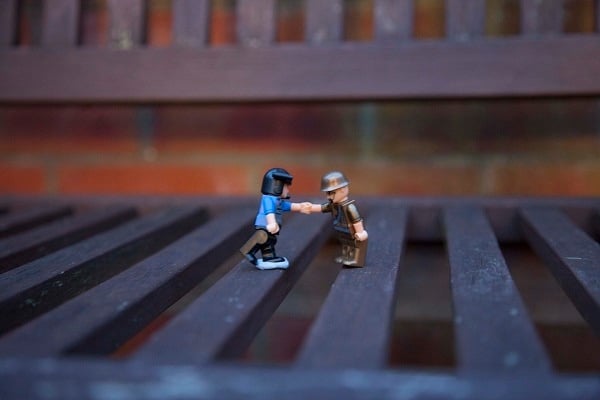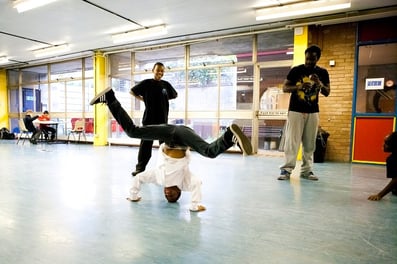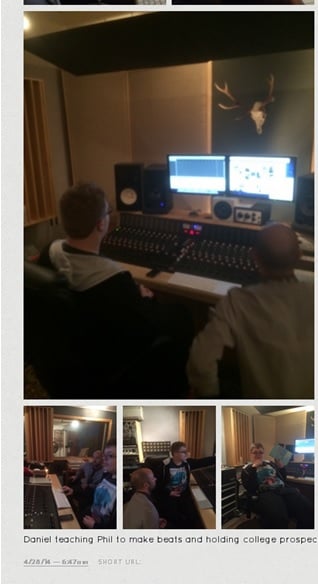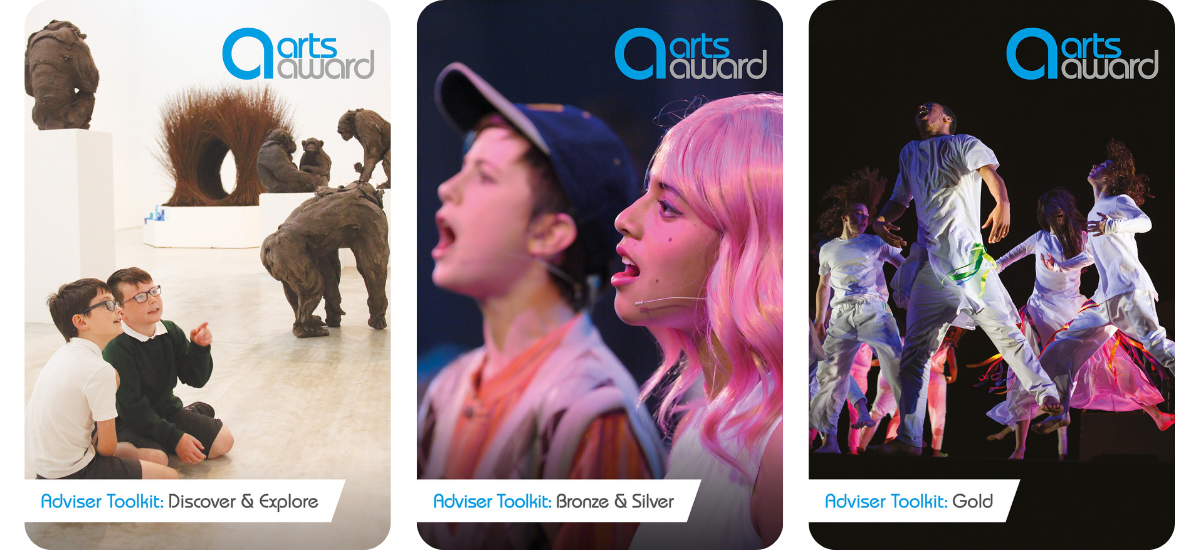
How the Arts support health and wellbeing
BY: Alan Lynch
05 Feb 2018
 Mental health is increasingly recognised as a key factor in children and young people’s overall wellbeing. In December 2017 the Government published a green paper on young people's mental health, with the aim to ensure that every young person affected by mental health issues has access to the support they need. Meanwhile, the NSPCC have said that the demand in counselling services is so high that they lack the resources to meet the needs of around 25% of children who get in touch through Childline.
Mental health is increasingly recognised as a key factor in children and young people’s overall wellbeing. In December 2017 the Government published a green paper on young people's mental health, with the aim to ensure that every young person affected by mental health issues has access to the support they need. Meanwhile, the NSPCC have said that the demand in counselling services is so high that they lack the resources to meet the needs of around 25% of children who get in touch through Childline.
In light of this ongoing conversation, we at Arts Award wanted to highlight the importance of arts and creativity in improving young people’s wellbeing.
Plenty of organisations support our case and recognise the impact of creativity on wellbeing. For example, CoolTan Arts, London Arts in Health Forum and the Royal Society for Public Health (RSPH) are all champions of the arts and their health benefits. In fact, the RSPH were contributors to a report produced in 2017 for The All-Party Parliamentary Group on Arts, Health and Wellbeing (APPGAHW) which looked at this topic in detail. Their report highlighted numerous health benefits of arts participation including:
- Participatory arts activities help to alleviate anxiety, depression and stress both within and outside of work.
- An arts-on-prescription project has shown a 37% drop in GP consultation rates and a 27% reduction in hospital admissions, representing a saving of £216 per patient.
- Cultural engagement reduces work-related stress and leads to longer, happier lives.
- Arts therapies have been found to alleviate anxiety, depression and stress while increasing resilience and wellbeing.
Further, as described by the Mental Health Foundation; ‘formal arts therapies for people with mental health problems aim to help people draw on their inner, creative resources while exploring personal issues with a trained arts therapist in a safe, contained space, in order to achieve psychological change.’
These arts therapies are recognised as formal qualifications and regulated by the Health and Care Professionals Council. The National Institute for Health and Care Excellence also recommends art therapy for a variety of mental health illnesses, and they’re prescribed to patients as a way of relieving symptoms.
And the arts' benefits don’t end at mental health. The NHS recommends dance as a great way of improving physical fitness, and as part of their study, APPGAHW found that engaging with the arts leads to more physical activity as a result, further improving physical wellbeing.
These are only a few examples of how health professionals recognise the benefits of creative activity and further academic research into this field is ongoing. In other words, these effects are observable and should be taken seriously. Offering vulnerable people of all ages a creative outlet or a way of connecting with the world has a positive impact on their health.
What can I do?
Time and time again, we’ve seen Arts Award projects having lasting, tangible outcomes on the young people involved. Special schools have seen student confidence grow after they were encouraged to make their own creative decisions. One youth centre that worked with a young person fleeing an abusive relationship found that she gradually opened up to others after expressing herself through drawing and painting. Therefore we should continue offering the arts to young people, and encourage them to explore their interests creatively.
There are more creative opportunities than ever available for most of us to benefit from. Given that the links between the arts and good health are becoming more apparent it’s important to keep these opportunities available to young people.
Looking for some advice? the National Alliance for Arts, Health and Wellbeing have useful resources on their website, including examples of the ways that other organisations are using the arts to improve participant health.
We’ve talked before about the benefits of creativity and the arts. There’s Access Fund projects that we featured recently; or the wide-ranging impact of providing creative learning opportunities. Health and wellbeing only strengthen the case for placing creativity at the heart of young people’s learning experience no matter their age.
Related posts
BY: Nicola King
BY: Alan Lynch




Comments & Replies